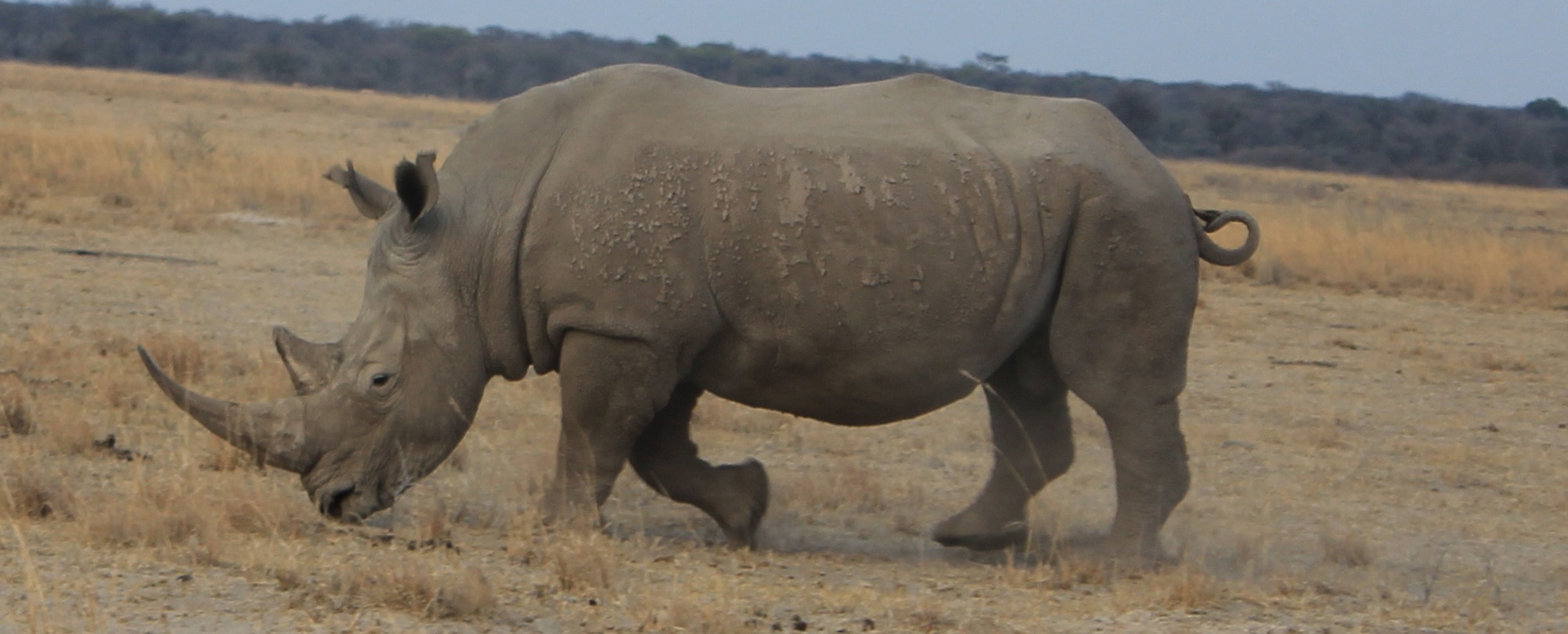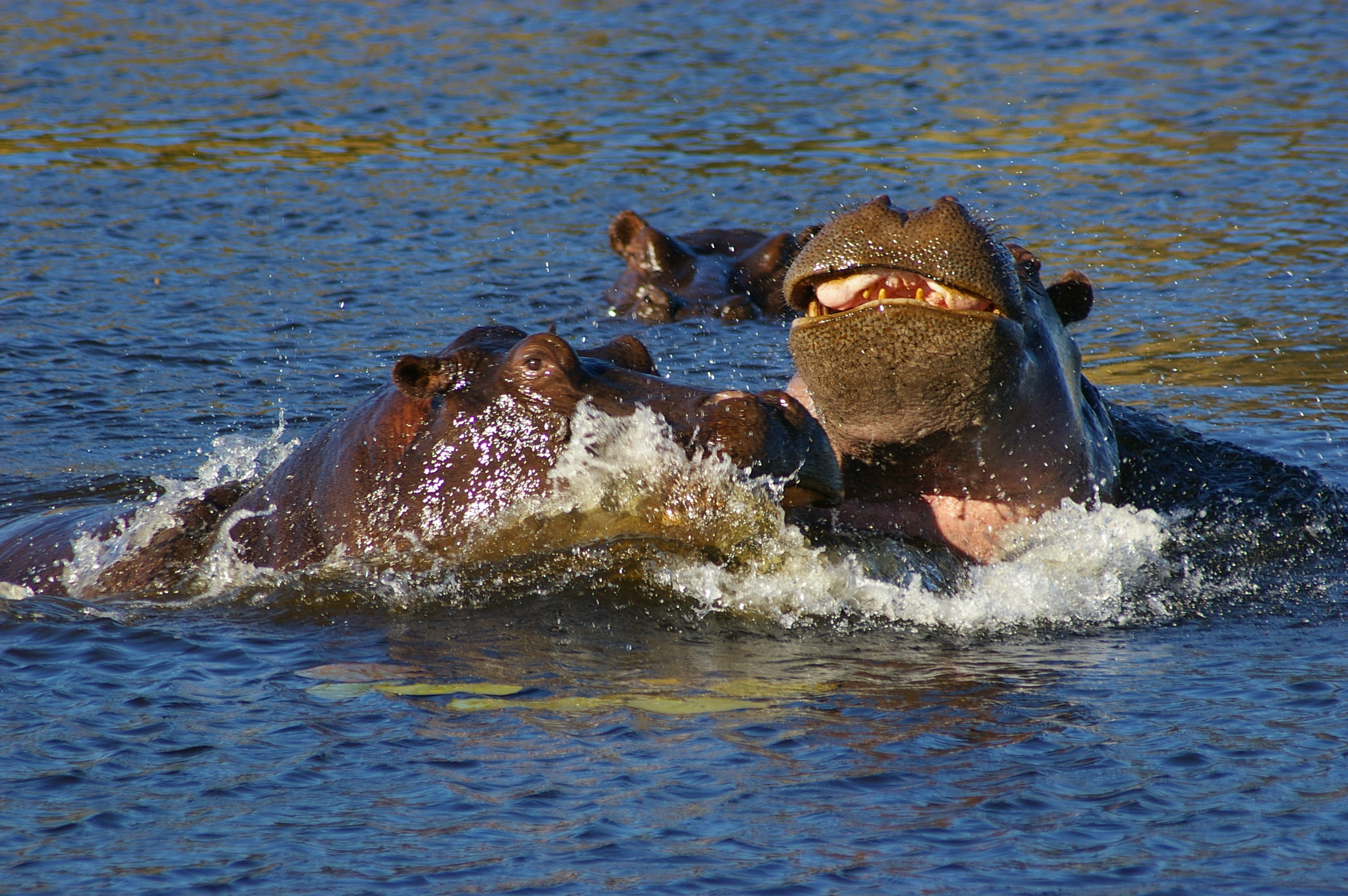Discover Botswana
Botswana is an exciting destination, with about 80% of the country is covered by Kalahari Sands. Located in these sands is the Okavango Delta and River systems to the north including Kwando, Linyathi and Chobe River systems. The abundant water offers a haven for both flora and fauna and is renowned for its great beauty and diversity. Botswana has a rich mix of African cultures the largest tribal group being the Botswana forming about 50% of the population. The original inhabitants some 2000 years ago were the San Bushmen. A fascinating Kalahari safari experience with these most ancient of all people is almost a ‘must do’ in your itinerary. Plains of Africa have hand picked the best destination in Botswana to suite a variety of tastes. Take a look at some of them here

Climate
Botswana can be visited at any time of the year – summers are generally hot and winters mild with a few cold spells. Seasons: High July 1 to October 31; Shoulder: March 1 to June 30 & November/December 1 to 31

SAFARI HOTSPOTS!
Central Kalahari – A vast waterless wilderness with unique and interesting desert species of plant and animals. Fascinating experiences with bushman communities who live on the fringes of this area. Plains of Africa have a special safari lined up for you in this area.
Chobe National Park – Famous for large herds of elephant along the Chobe river, excellent birding and game viewing. There are a number of lodges in the northern section at Kasane However, service and standards are varied and it tends to be touristy. Traveling into the Savuti region situated in the heart of the park along the Mababe depression is excellent for predators and other game and more of a rugged wilderness experience.
Lake Ngami – This was first reported by Dr David Livingstone and when it floods is the home of countless thousands of water birds easily accessed from Maun.
Magadikgadi Pans – 140,000 sq kilometer ancient sea, formed approx. two million years ago is renown for its beauty and incredible vistas. It is a major breeding site for greater and lesser flamingos. The western grasslands are home to huge herds of migrating zebra and wildebeest and lion prides between February and March.
Moremi Game Reserve – Situated on the Eastern edge of the Okavango Delta offers a wide diversity of habitats and species of wild game and has become a popular tourist destination. Best game viewing time is from April to October.
Okavango Delta – a vast 15,000 square kilometer wetland oasis in the heart of the Kalahari sands. A mired of flood plains, lagoons, islands, a tropical paradise with incredible wildlife and bird life viewing. Exclusive camps and lodges in magnificent settings, a must do!
Tuli Block – A deeply eroded sandstone landscape has its boundaries on the Limpopo river. Animals to be found here include, elephant, lion, giraffe and other plains game. Historically it was conceded to Rhodes, ‘British South Africa Company’, in 1895 by Chief Khama for the railway from Mafekeng to Rhodesia. The route required too many bridges so was moved further west. The area was later divided into farms for European settlement many of which are now conservancies.
Tsodilo Hills – In the remote northern western part of the Kalahari is a group of four isolated hills. Among these 800 million old hills are more than 4000 rock paintings by the ancestors of the san people and have deep mythological and religious value. Some paintings are older than 2000 years. A unique and fascinating experience to hike up into the hills and exploring the ancient rock art.

WHAT TO DO?
Culture – a wide diversity of tribal peoples with their interesting traditions and ceremonies reflecting their heritage. Special focus on the Kalahari Bushmen.
Cycling Safaris – A more chalenging way of exploring and experiencing africa,led by armed rangers, safety is of prime concern. Intensity and duration of each ride is dependent on the capacity of the participating cyclists.
Game Drives – these are operated in open vehicles, usually at dawn and dusk to seek out the most interesting wildlife. Night drives are also available in private reserves.
Makoro (Dugout canoe) Safaris – glide with your private poler through the delta in a traditional dugout canoe. A mokoro was used by the orginal inhabitants of the Okavango Delta. This is a quiet and slow way of travelling throught the shallow channals of the delta, relax and sit back and absorb the magical variety of birdlife, crystal clear waters and beauty of the lagoons and waterways.
Motor Boat Trips – These are used in the deeper channals that are too deep for mokoro’s giving acess to large laggoons. They are noiser and disturb the wildlife and their wake can be harmful in areas where there are nesting birds e.g. the african skimmers nest on sand bars/banks. Boat trips can be good providing they are run considerately – encourage your guide to go slowly, you will see so much more as a result.
Horseback Safaris – led by experienced rider/guides offering bird life and game viewing opportunities and exploring remote untouched areas. These trips are generally for experienced riders who can confidently gallop out of danger. They last 5 to 10 days and take a maximum of 8 riders at one time.
Walking Safaris – there is no better way of getting really close to nature than this. Lead by experienced armed guides/rangers/trackers, walkers are able to enjoy the sights, smells and sounds of the bush in harmony with their surroundings.

MAMMALS
The Okavango Delta and surrounding reserves of Northern Botswana support one of the last assemblages of large, free ranging mammals. This includes African elephant, wild dog, Tsessebe which occur in the greatest numbers than anywhere else in africa. The reclusive and rare Sitatunga, an adapted swamp antelope, is found no where else south of the Zambezi . Lion, leopard and cheetah occur in good numbers.
The Northern Chobe /Caprivi river system is the only area in Botswana and in fact Southern Africa where one will find the Puku. This is also found with the red lechwe occuring in small herds near water. The riverine habitats are good places to find the Chobe bushbuck with its marvellous colours and coat markings. The Chobe River has plenty hippo, crocodile, and the largest herds of elephant found anywhere in africa. Sable and Roan antelope are a special especially in the woodland areas, or at pans and rivers when they come down to drink.
The Central Kalahari has specials like the desert lion, brown hyena,gembok and kudu are also common.
A wide variety of mammals occur in Botswana and further reading refer to the following field guides:- ‘Wildlife of the Okavango’ by Duncan Butchart; ‘Trees and Shrubs of the Okavango Delta, Medicinal Uses and Nutritional Value’ by Veronica Roodt; ‘Field Guides to African Mammals’, by Jonathan Kingdom; ‘The Behaviour Guide to African Mammals’, by Estes; ‘The Kingdon Field Guide to African Mammals’, by Jonathan Kingdon.
BIRDING HOTSPOTS
Did you know that Botswana hosts:
- The single largest population (ca 20%) of Wattled Cranes in the world and over 60% of the world’s Slaty Egrets, both birds of global conservation concern?
- Significant number of other globally threatened birds (Lappet-faced and cape Vulture, lesser Kestral and Corn Crake) and globally near threatened species (Pallid Harrier, Black-winged Pratincole, African Skimmer)?
- Important populations of intra-Africa and palaeartic migrants (e.g. Dwarf Bittern, Allen’s Gallinule, Lesser Moorhen, Fulvous and White-backed Duck, Wolly-necked and Abdim’s Storks) and hige populations of herons, egrets, storks, ibises, falmingos, pelicans and waterfowl?
Do You Enjoy Seeing These- And Other Birds? Why Protect Birds?:
- Birds are beautiful, chatismatic, varied and represent a global symbol of freedom.
- Birds are ‘indicators’ for wider biodiversity;
- When birds disappear, it usually means that there is something very wrong with the environment where they used to live. This will affect the habitats and their components (e.g. mammals, insects, vegetation) and, ultimately, people.
- If no action is taken now, the threatened birds of Botswana could become extinct within the next decade!
- Approximately 600 species found in a wide variety of habitats. For further information go to www.birdlifebotswana.org.bw
Botswana Articles
Across The Delta
Where To Go? Faraway on the Botswana 's Kalahari sands is an enormous swampy inland delta formed where the Okavango River reaches a tectonic trough in the central part of Kalahari Basin. One of the Seven Natural Wonders of Africa, The Okavango is produced by seasonal...
Explore Africa On An Authentic Mobile Safari!
Mobile Safaris- Authentic Grade A wonderful way to explore Africa in particular remote Botswana is to take a Mobile Safari with Plains of Africa. We have some interesting Safari Packages combining the central Okavango with a traditional mobile safari, offer the best...
Horse Riding Safaris! Experience Africa Of A By Gone-Era
Experience a Horse Safari in vast Botswana. This is an area of great diversity, magnificent vistas, ancient civilizations and dramatic rock formations beautiful River, in the "Land of the Giants"! Named for its baobab studded plains and large herds of elephant, the...
Makgadikgadi – Great Migrations!
Home to the second largest zebra migration in the world, where over 25,000 zebra migrate to the Boteti River in the dry winter months from their summer grazing ground along the edge of the Makgadikgadi Pans. The Makgadikgadi Pans National park includes a portion of...
Zebra Migration in Southern Africa is The Longest Migration in Africa
The plains Zebra in Southern Africa regularly undergo the longest migration on the continent, travelling over 300 miles in their migration. This new discovery was uncovered using GPS technology over a 2 year study. The migration took part across Botswana and Namibia,...
Experience The Heart Of The Okavango, A Rustic Safari Experience
The Okavango safari experience is mainly about exploring small islands deep in the heart of this remote water wilderness, accessible mainly by light aircraft or motorboat, your Accommodation has various options, which depends on your personal preference and style you...
Caprivi Safari Adventure – An Amazing Safari Lodge Experience
The incredible view of the Chobe River from The Safari Lodge is matched only by the African-style comfort and service of the staff. Welcome to Chobe ... the number one-rated Safari experience on Tripadvisor. Perched up on the edge of the valley, Enjoy Chobe's...
An Authentic 1940’s Sophisticated African Safari Experience!
"The Serengeti of the South: The Makgadikgadi is home to an annual Zebra and Wildebeest migration! - The Only Zebra/Wildebeest Migration Left In Southern Africa Voted No. 1 in the World Readers' This Safari Camp experience is an oasis of style & comfort in...
Chobe Explorations – Luxury Mobile Safaris, Botswana
Botswana Luxury Accommodated Guided Mobile Safari (10 nights / 11 day itinerary) This outstanding mobile safari will give guests the opportunity to gain an insight into areas and wildlife not necessarily available to guests on a typical fly-in safari, whilst still...
Honeymoon Package – 8 nights / 9 day Botswana Itinerary
Honeymoon Safari (8 nights / 9 day itinerary) A Honeymoon in Botswana is the ultimate romantic getaway. Your days will be spent on safari exploring the wild, pristine wilderness of Africa and your evenings will be filled with romance - exclusive private candlelit...




